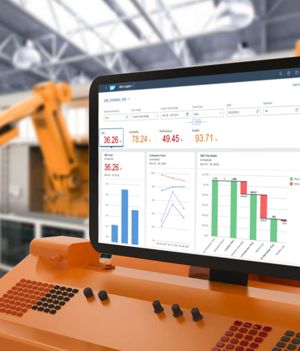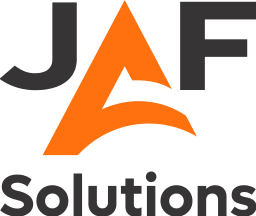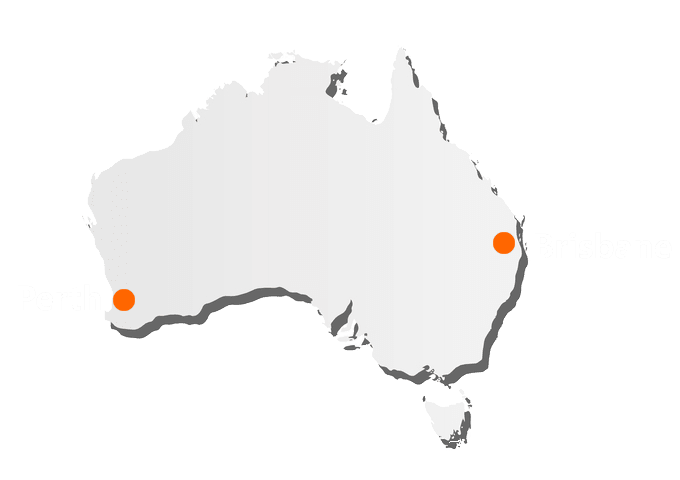
The manufacturing industry is at a tipping point, with rapid technology advancements, sustainability pledges and regulatory requirements, along with intensifying cybersecurity threats demanding strategic and urgent solutions.
Manufacturers will need to accelerate investments to protect long-term profitability by broadening their smart manufacturing capabilities with digital transformations. While digital transformation offers many benefits for the manufacturing sector, it also comes with the potential to add to cybersecurity risks if you don't select a certified and proven solution against attacks.
Trend 1: Sustainability and Circular Economy
There is a growing focus on reducing environmental impact, with manufacturers implementing energy-efficient processes and waste-reduction techniques. The use of renewable energy and cleaner technologies is on the rise. There is a growing push for companies to report across the supply chain the impact of the materials, they use, manufacture, ship and sell. Having an MES and ERP that is capable of recording and reporting on these metrics is now a must.
Companies are increasingly adopting circular economy principles, which involve reusing, recycling, and refurbishing products and materials to minimise waste and extend product lifecycles, this may then offer an additional revenue stream for companies to refurbish products.
Trend 2 : AI
While AI has been around for a few years, adoption has been slower than expected, this has mainly come from poor data quality, lack of sensors within the plan and unclear benefits.
On the shopfloor we will see more AI utilised for quality inspections. AI-based visual inspection for defect detection is a feature that will continue to benefit a range of manufacturers.
More broader uses of AI would be for demand and supply planning, energy management, and the now well-established predictive maintenance.
Trend 3 : Generative AI reshaping the way we work
While traditional AI is embedded into business processes, data and applications, the new kid on the block GenAI can assist the manufacturing workforce by automating routine tasks and augmenting human capabilities, giving shopfloor access to data they have not been able to get before in a more human-readable/friendly format.
This could also assist in meeting demand with a possible decreased labour force, and by attracting new talent given the new technology.
Trend 4: Reshoring and Supply Chain Resilience
In response to continued global supply chain disruptions, Australian manufacturers are looking to reshoring or nearshoring operations to reduce dependency on international suppliers. The aim is to increase resilience and ensure more localised supply chains which in turn are more resilient, with the added benefits reducing transportation costs and emissions.
Moving from Excel to a Planning System can bring additional benefits, such as scenario planning, which allows manufacturers to “experiment” with changes to their supply chain within a system before committing to any changes.
Trend 5: Cloud Computing
Manufacturers will continue to utilise cloud computing to host IT infrastructure in remote data centres, to store, manage, and process data and applications.
These cloud solutions mitigate the need for expensive IT infrastructure costs and maintenance. One key benefit of this approach is enhanced flexibility and scalability, allowing for rapid adjustments in response to changing production demands. This flexibility improves efficiency and reduces costs.
Summary
In summary, Manufacturers will continue to need to work smarter, leveraging technology and their own data to protect long-term profitability. Investments will further enable manufacturing capabilities with digital transformations, while at least one eye needs to be kept on the possible risks associated with the increasing risk of cyber threats.
There are plenty of opportunities for manufacturers to adopt smart factory solutions, such as AI and GENAI, IIoT, and cloud computing. Embracing the future of manufacturing by taking advantage of today’s technology will continue to contribute to protecting its long-term profitability and success.


